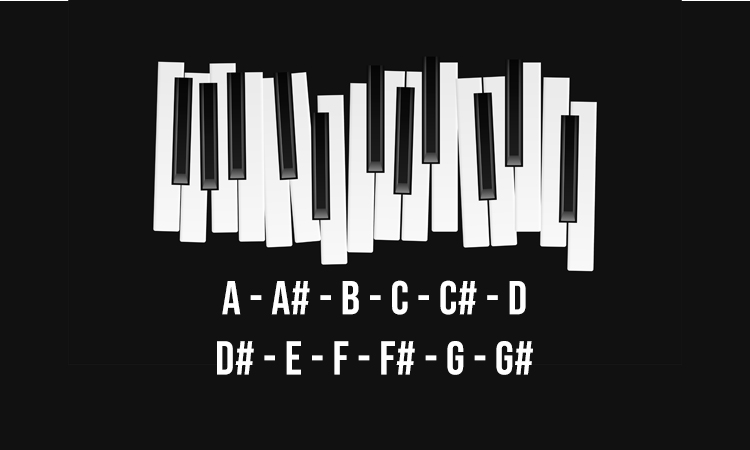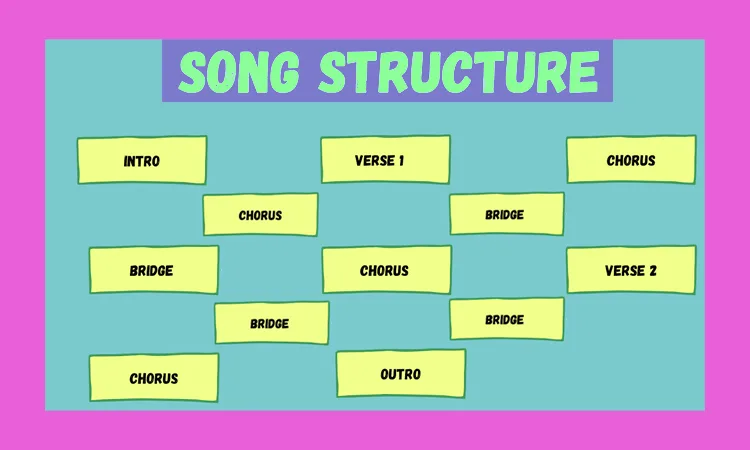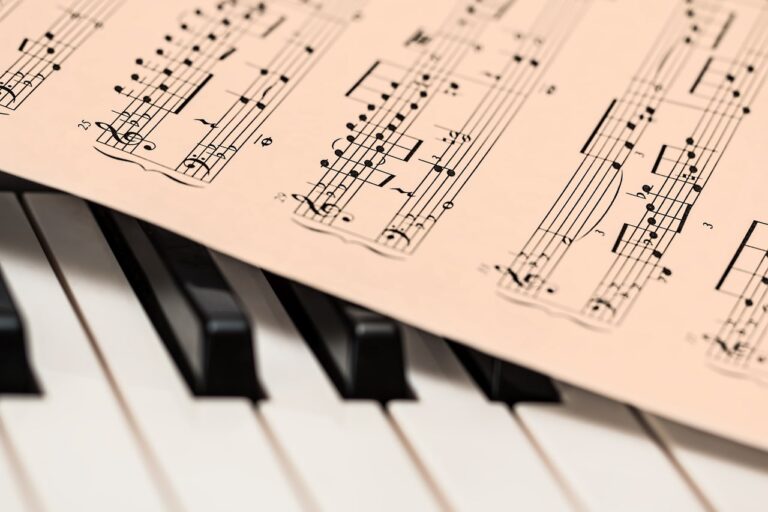
The musical alphabet refers to the system of letters used to represent musical notes in Western music. In this system, the musical alphabet consists of the letters A, B, C, D, E, F, and G. These letters are used to represent specific pitches or notes in the musical scale.
Here’s a brief overview of how the musical alphabet works:
1. A to G: The musical alphabet starts with the letter A and goes up to G. After G, it starts over again with A. This pattern repeats as you go up or down the musical scale.
2. Natural Notes: The letters A, B, C, D, E, F, and G represent the natural notes. These are the basic building blocks of the musical scale. Each of these notes corresponds to a specific pitch or frequency.
3. Sharp (#) and Flat (b) Symbols: To represent notes that fall between the natural notes, we use sharp (#) and flat (b) symbols. For example, the note between C and D can be called either C# (C sharp) or Db (D flat), depending on the context. These symbols raise or lower a note by a half step or semitone.
4. Octaves: The musical alphabet repeats itself as you move up or down the scale in octaves. For example, the note A is followed by B, C, D, E, F, G, and then A again in the next octave, and so on.
5. Musical Notation: In sheet music, the musical alphabet is used to represent the pitches of notes on a staff. The position of a note on the staff (whether it’s on a line or in a space) and the use of ledger lines determine the exact pitch of the note.
Here’s a representation of the musical alphabet, including the sharp and flat notes:
A – A#/Bb – B – C – C#/Db – D – D#/Eb – E – F – F#/Gb – G – G#/Ab
It’s important to note that the musical alphabet is just one part of music notation. To read and write music effectively, you also need to understand concepts like key signatures, time signatures, and rhythm notation, among others. These elements come together to create a comprehensive system for communicating musical ideas and compositions.




